MRTC – The inside track on Motorsport communications
“To be completely honest, we got into motorsport by mistake.”
When Ken Rumbold left corporate life in 1984 with a modest redundancy package and a desire to set up his own two-way radio communications business, his ambition was to live the rural idyll and serve in the local farming community, local road traffic management and sewerage services with the occasional foray into exotic lands via a contract with the British Foreign & Commonwealth Office. He also wanted to maintain his passion for motorsport and apply his expertise in delivering two-way radio communications to race teams which started with the British Leyland Rally Team back in the late 1970s, followed by his first foray into endurance racing with the Silk Cut Jaguar Le Mans teams – and has continued to be involved in LeMans every year since 1984 apart from a gap in 1985. Twenty nine years later, Midlands Radiotelephone Centre (MRTC), the business he founded has certainly taken a different course with his passion for motorsport ‘becoming the business’ as MRTC has grown to become one of the world’s leading suppliers of radio communications in motorsport.
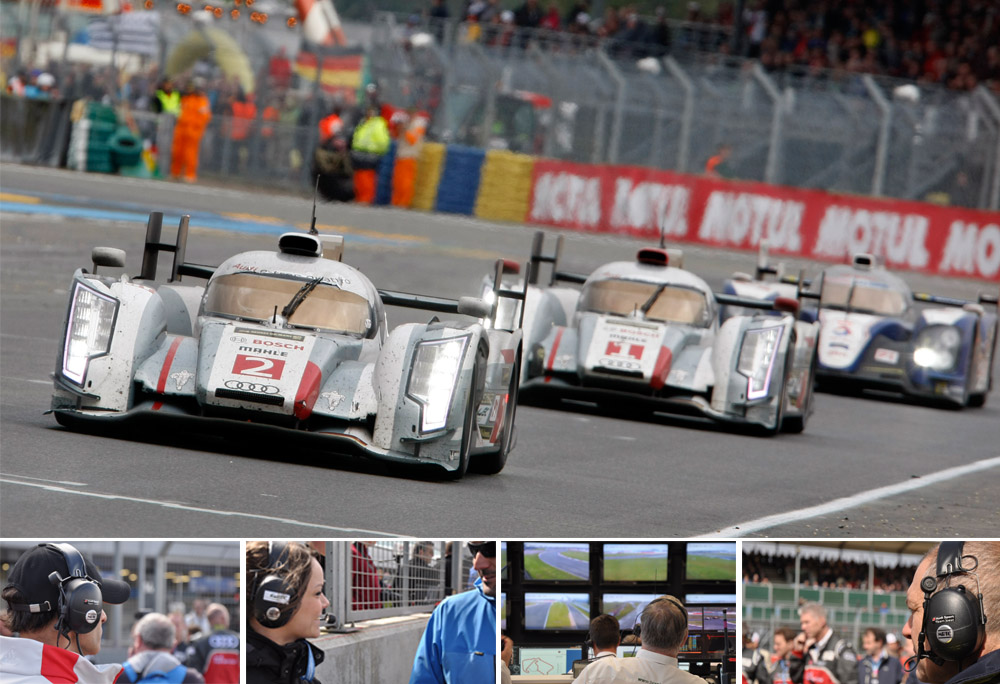
Why motorsport?
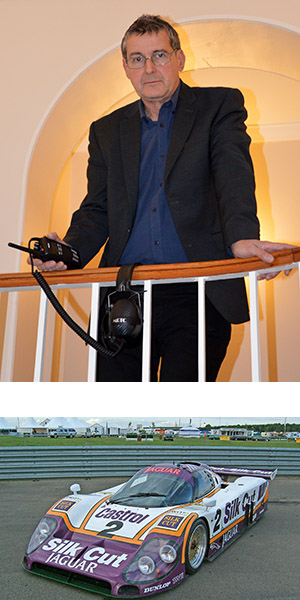 Ken answers with: “We really got into motorsport by mistake. I let my passion for the sport rule my head. I think it was rising to the unique challenges that motorsport poses to radio communications – a harsh operating environment with high temperatures, extreme vibration, constant ambient noise and variable terrain all conspire to make clear, reliable, secure communications in pit areas and between technicians, management and drivers more than difficult.” Over the years, MRTC has worked with some of the most important teams and organisers across motorsport including:
Ken answers with: “We really got into motorsport by mistake. I let my passion for the sport rule my head. I think it was rising to the unique challenges that motorsport poses to radio communications – a harsh operating environment with high temperatures, extreme vibration, constant ambient noise and variable terrain all conspire to make clear, reliable, secure communications in pit areas and between technicians, management and drivers more than difficult.” Over the years, MRTC has worked with some of the most important teams and organisers across motorsport including:
- World Endurance Championship (WEC)
- World Touring Car Championship (WTCC)
- World Rally Championship (WRC)
- British Touring Cars Championship (BTCC)
- Deutsche Tourenwagon Masters (DTM)
- Formula 1®
- GP2 Series
- GP3 Series
- V8 Supercar Championship
- Moto GP
“It’s not all about elite motorsports, we’re involved at the grassroots too”
While Ken is justly proud of MRTC’s achievements at elite level in global motorsports, he takes equal pride in bringing their experience to a very long list of privateer teams in all fields of amateur motorsport, he states: “It’s not all about elite motorsports, we’re involved at the grassroots too starting with the peer to peer equipment we supply to ‘one driver, one technician’ teams racing on a shoestring.”
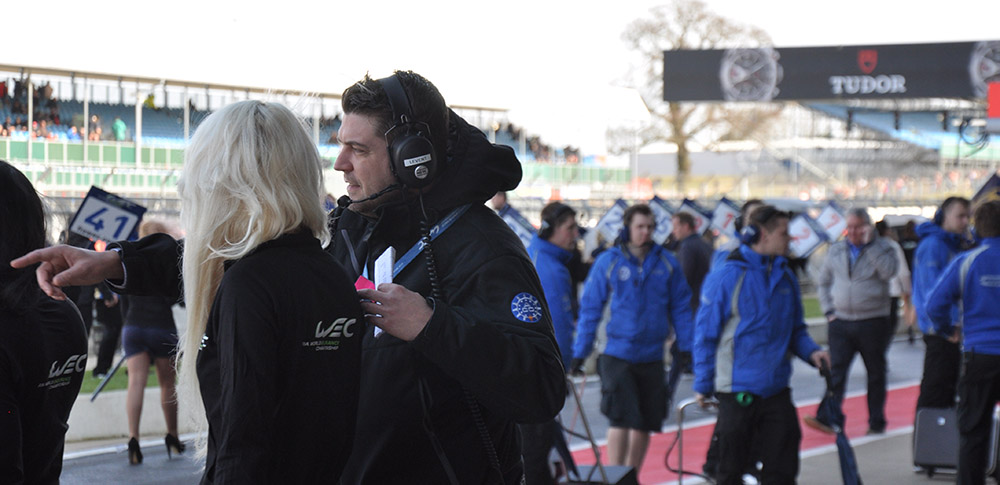
From teams to race series organisers and now, circuits.
MRTC’s presence at motorsport meetings over the years has obviously drawn a lot of attention from race teams, but race series organisers too and most recently circuit owners, have come to appreciate the need for clear, failsafe, secure communications in the management of on and off circuit health and safety, security, traffic and crowd control, hospitality and overall team and event organisation during race days.
A number of UK race circuits now operate MRTC adapted KENWOOD NEXEDGE® digital two-way multichannel systems as part of their fixed communications infrastructure, these include Bedford Aerodrome, Brands Hatch, Cadwell Park, Donington, Oulton Park, Snetterton and Silverstone.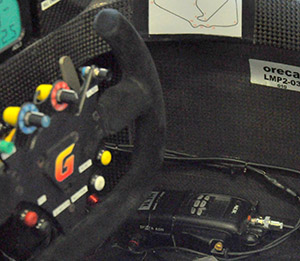
“If the radios don’t work, the teams don’t function and the race can’t start. Which is why we choose KENWOOD.”
MRTC have a long and successful relationship with KENWOOD starting with analogue based systems which proved to be both robust and reliable in service. Ken comments: “We don’t sell radios, we offer solutions in motorsport communications – that’s a critical difference between us and our competitors, the experience to know what race teams, organisers and circuits need and the ability to deliver systems which meet our customer’s most specific needs.
We particularly like the KENWOOD NEXEDGE® system, first because it operates on the FDMA protocol which has been proven to be the most effective at high speeds while its Analogue /Digital Mixed Mode allows seamless integration of both digital and analogue devices within the same system and the flexibility to configure a system to operate either in digital or analogue mode to suit individual circumstances. When we adapt the KENWOOD NEXEDGE® equipment to our specification to further enhance noise reduction, incorporate our firmware and power regulators we know that it simply works and we can depend on its performance in the most extreme conditions – that’s really important in today’s motorsport environment where if the radio doesn’t work, the race won’t happen”.
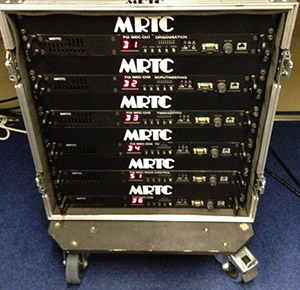 ” You could say that radio communications is as mission-critical in motorsport as having robust safety protocols and procedures.”
” You could say that radio communications is as mission-critical in motorsport as having robust safety protocols and procedures.”
Alongside KENWOOD’s analogue/digital radios, more teams, series organisers and circuits are employing MRTC network systems based on NEXEDGE® base stations, repeaters and hand portable radios, as Ken continues: “If we take a typical World Endurance Championship race for example, we will be working with the majority of the competing teams including the defending champions Audi with their two LMP1 teams where some 130 radios will be employed – most of the other LMP1 and LMP2 teams will operate 20 to 30 radios each. In addition, we are responsible for delivering the radio communications system to the WEC organisers which involves a further 120 hand-portable devices, a repeater based system, 60 devices to marshals and race control officials including the safety cars – in total, there will be some 500 channels in use at a circuit. You could say that radio communications is as mission critical in motorsport as having robust safety protocols and procedures.”
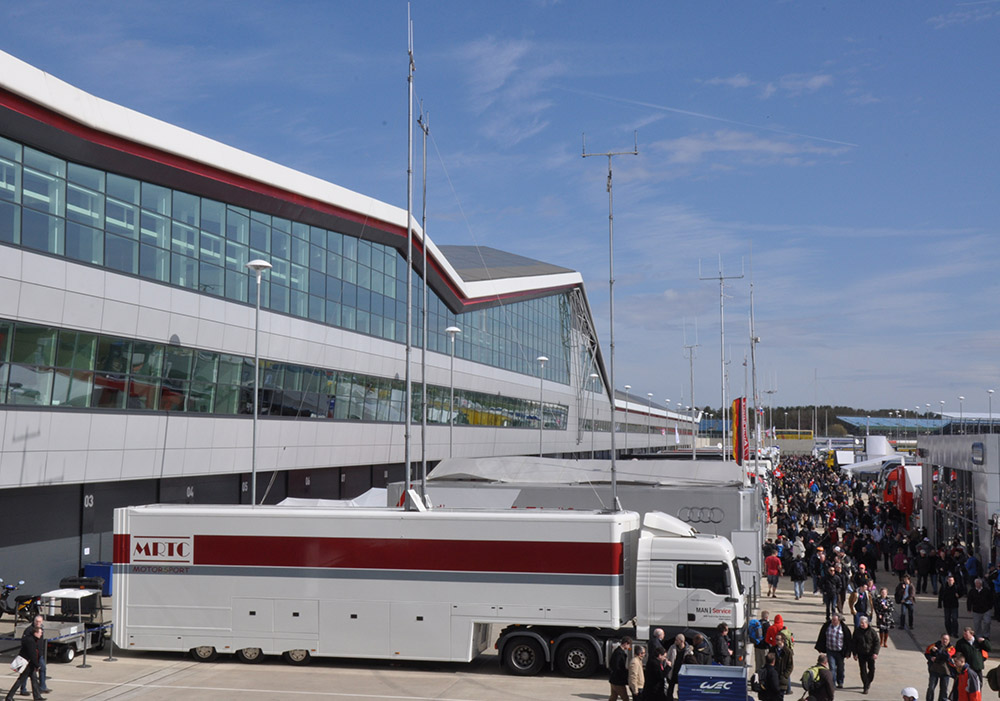
For a European round of WEC racing, an MRTC team of six technicians and engineers will arrive 5 days ahead of race day with their fully equipped race support trailer operating as a mobile repeater station and test and technical centre supporting all teams and parties operating MRTC equipment and systems.
Some 80% of the equipment and devices supported by MRTC will be KENWOOD NEXEDGE® digital units while the remainder are KENWOOD analogue radios.
The build-up period involves long days setting up all the teams, marshals, organisers and circuit management with their equipment, making last minute adjustments and testing for coverage and clarity in both voice and data.
On race day, personnel from WEC, officials and marshals monitor and control all aspects of race management and safety including the reporting of incidents, recovery of cars, medical situations and all trackside management via an intercom system linked to KENWOOD radios.
The WEC team with be monitoring and managing all pre race and race matters and make any necessary decisions and implementing actions within the rules and regulations of the series.
And while the racing action is under way, the MRTC team were working hard between Race Control and the teams in the pit area making sure all equipment is operating to specification and carrying out modifications and repairs where necessary to keep the teams competitive.
As Ken concludes:
“Our relationship with teams, series organisers and circuits is based on working closely with them to understand their needs and delivering systems, equipment and support to meet those needs. It’s much the same with our relationship with KENWOOD. We enjoy a close working relationship with their UK sales and technical teams and the technical team in Japan – they work just as hard to meet our needs”.